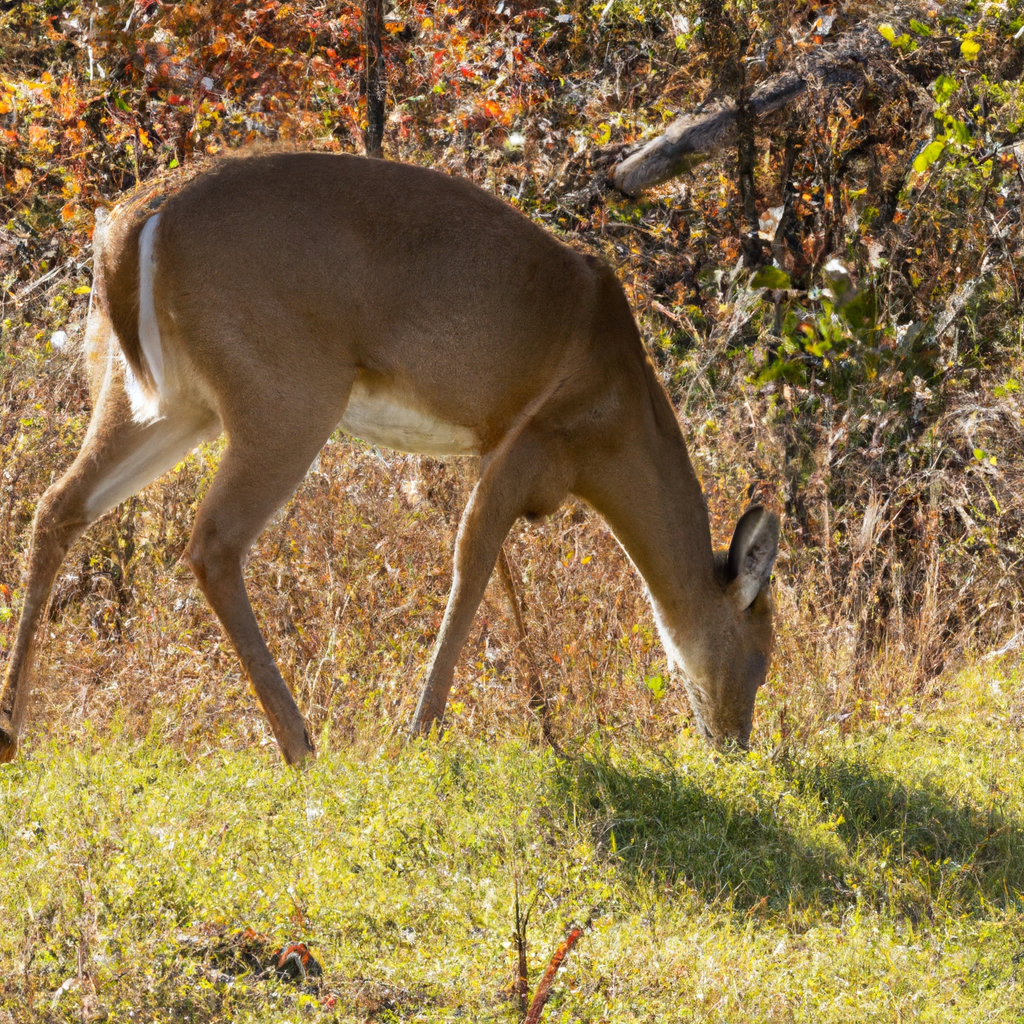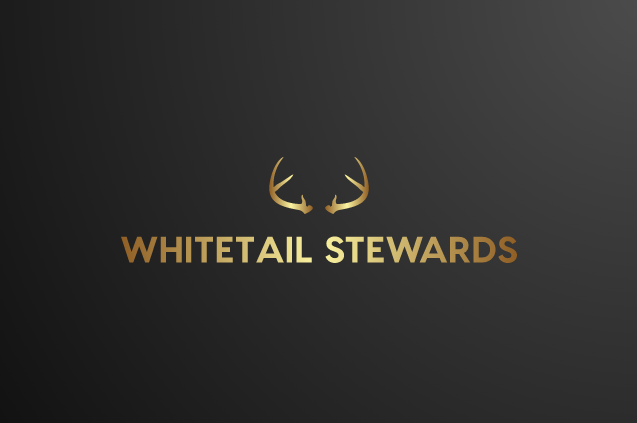Do Deer Eat Grasses?
For many of us, the image of a deer grazing on a field of grass may be the first thing that comes to mind when we think of these majestic creatures. But have you ever wondered if deer actually eat grass or if it's just a myth? The truth is, while deer do consume grass, it is not a significant part of their diet. In fact, grass makes up less than 10% of their overall food intake. So, what do deer really eat? Let's dive deeper into their dietary habits and explore the wide variety of foods that keep these creatures healthy and thriving in the wild.
Deer are interesting animals that have been admired for centuries. Despite their popularity, there's still much we don't know about them. One question that many people have is whether deer eat grass. The answer is yes, they do, but it's not their preferred food. Deer are ruminants that can consume different types of plant-based diets, but their preferences and nutritional needs vary greatly from those of other ruminants. In this article, we'll take a closer look at what deer eat, and the role that grass plays in their diet.
Difference between deer and ruminants' diet
While both deer and ruminants are herbivorous and mainly consume plant-based foods, their diets differ significantly. Ruminants, such as cows, have a large rumen that enables them to digest and efficiently extract nutrients from roughage such as grass. On the other hand, deer have a small rumen relative to their body size and cannot hold as much forage. Thus, they must rely primarily on high-quality, easily digestible food items such as browse, forbs, and new-growth plants. Grass only makes up a small part of a deer's full diet, and they consume only certain types that are rapidly degraded in the rumen.
What deer eat (browse and forbs)
Deer primarily eat browse, which includes the leaves, twigs, and shoots of woody plants, as well as forbs, which are herbaceous broad-leaved plants. These can include agricultural crops and weeds. While deer do occasionally eat grass, it is not their preferred or nutritionally necessary food. They only consume young, green, and succulent grasses and only make up a maximum of nine percent of their diet. Forbs are preferred when available, and as they become scarce, deer shift their diet to browse. It is essential to ensure that there is enough of these food sources available in their habitat to sustain healthy deer populations.

Grass's role in deer's diet
While grass does play a small role in a deer's diet, it is not a preferred or nutritious food source. Deer mostly consume browse, consisting of leaves, twigs, and shoots of woody plants and vines, as well as forbs or weeds. Grass is only eaten when young, green, and succulent. It makes up a maximum of nine percent of their diet and provides limited nutritional value. Deer prefer a diverse diet consisting of fruits, berries, and vegetation with richer nutrition.
Grass and deer
Most Deer Prefer Other Food Sources Over Grass
White-tailed deer's preference for non-grass items is due to the low nutritive value and digestibility of grasses. These animals require energy to stay alert and agile, so they opt for easily digested foods that provide them with energy within the shortest possible time after intake. While deer do consume grasses, they only go for the young and succulent ones and prefer browse and forbs instead. A diverse diet is crucial to meet their dietary needs, and they require a mixture of legumes, forbs, browse, and mast to remain healthy.
The Importance of Grass For Deer
Although grass may not be a significant part of a deer's diet, it still has a crucial role to play. Grass can provide important nutrients and fiber for a deer, which can aid in digestion. Additionally, the physical act of grazing on grass can help a deer maintain healthy teeth and jaw muscles. While deer may not seek out grass specifically, it should still be a part of their overall diet for optimal health and well-being. A diverse diet that includes a variety of plant types is essential for a deer's survival and overall health.
How grass affects deer's digestive system
Grass is not the easiest vegetation for deer to digest. It is usually low in crude protein and has thick cell walls containing high levels of cellulose. This makes it difficult for deer to process and get the nutrients they need. Eating too much grass can also weigh down a deer, making it less agile. However, despite these challenges, grass still plays an important role in a deer's diet. It provides a consistent food source and can be a good option when other plants aren't available. A diverse diet that includes a variety of plants is crucial for a deer's overall health.
Why a diverse diet is crucial for deer's health
A diverse diet is essential for deer's health as it allows them to get the necessary nutrients to keep their bodies functioning properly. Deer are selective feeders, and a limited food source can cause malnutrition and even death. A varied diet ensures that they get the necessary protein, vitamins, and minerals needed to maintain good health. Additionally, a diverse diet can help deer adapt to seasonal changes and environmental stressors. Overall, maintaining diverse food sources is crucial for managing and sustaining healthy deer populations.
Plant types required to meet deer's dietary needs
To meet the dietary needs of white-tailed deer, a diverse range of plant species is required. They primarily feed on forbs, browse plants, and legumes. These plants have high protein levels and are easily digestible for the deer. Grass, which is relatively low in nutrition, forms a small part of their diet. Therefore, a mix of plant types, including fruits, acorns, mushrooms, and various weeds, is crucial to ensure healthy deer populations. A diverse environment with a mix of food sources will also help to attract and maintain deer populations in a particular area.
Conclusion
To summarize, deer do eat grass, but it's not their preferred food. Their diet consists mostly of browse and forbs, which are easier for them to digest and provide higher nutritional value. Grass does play a role in their diet, but they only consume certain types that are rapidly degraded in their rumen. A diverse variety of plants is crucial for meeting their dietary needs, and active habitat management is a useful way to create whitetail food sources. Ensuring a diverse diet is necessary for remaining healthy, and this requires a variety of plants to sustain them properly.
